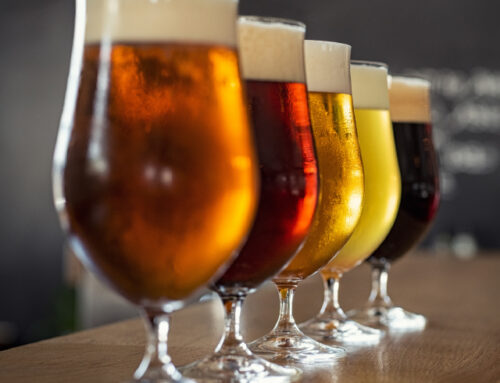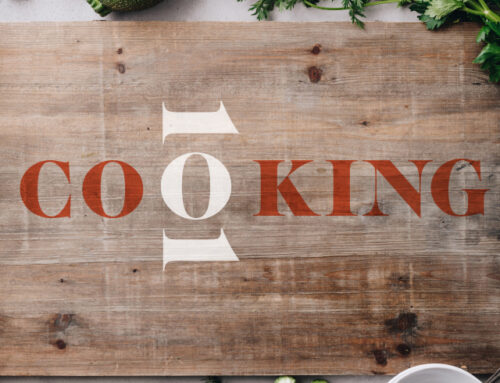Wine Tips & Sips
by Cezanne Colvin
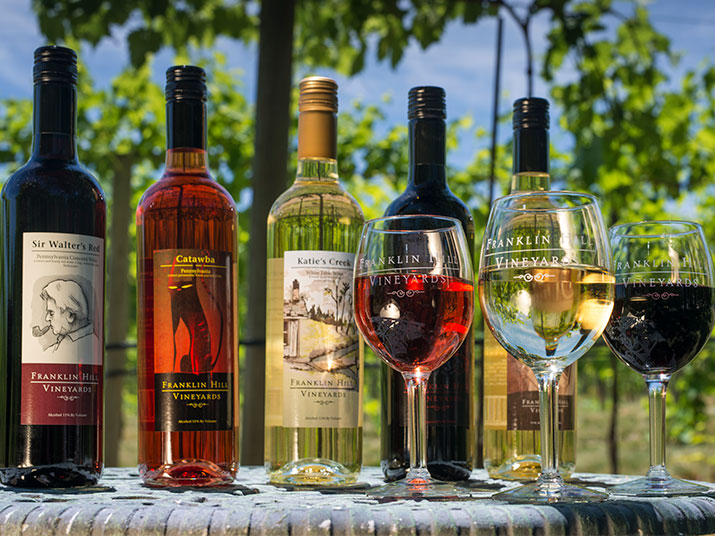

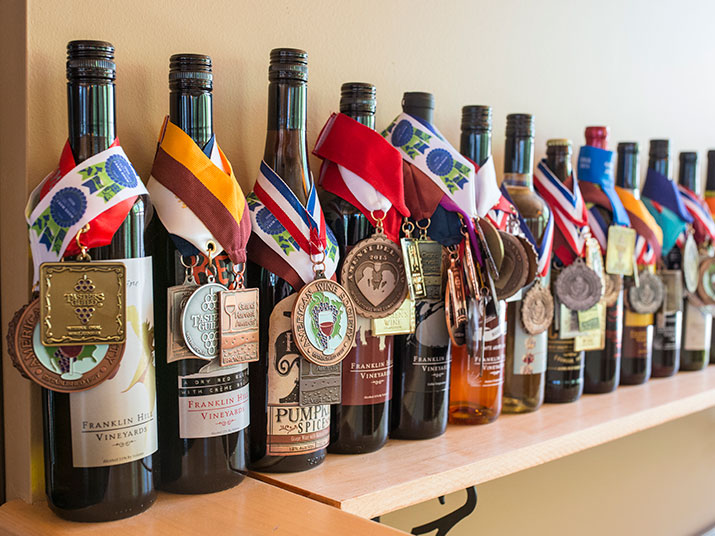
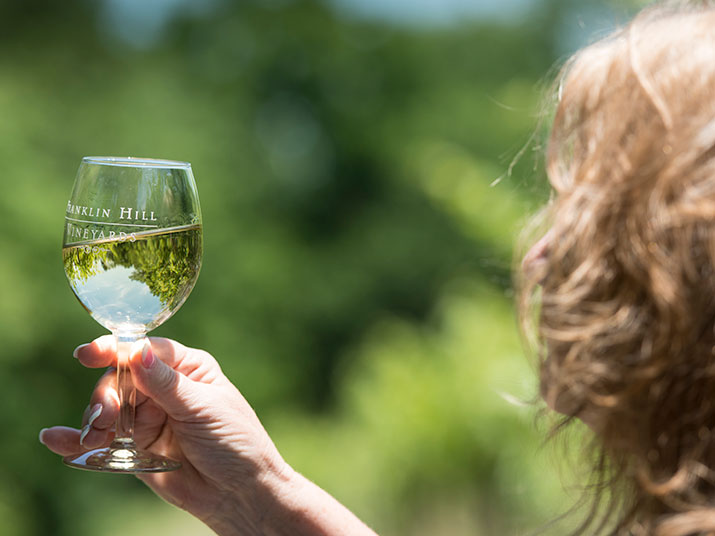
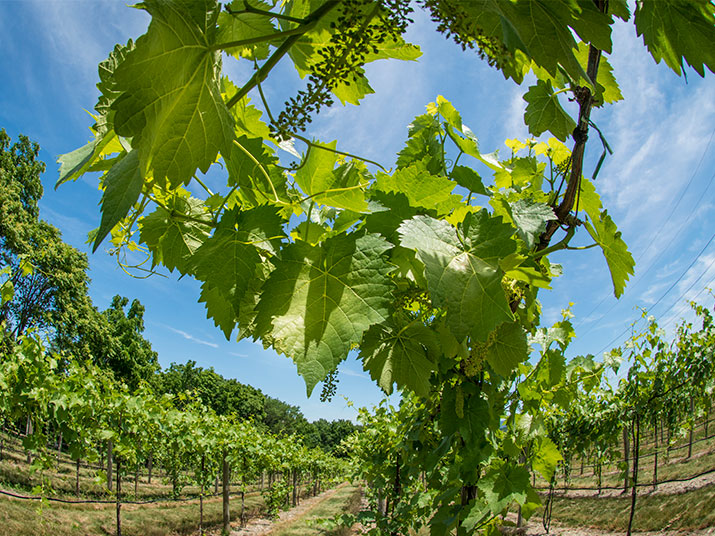
After five minutes of talking with Elaine Pivinski about wine, it’s hard to believe that she wasn’t always a wine aficionado. “I drank very little in college,” she admits. Looking at her thriving business, it’s also hard to believe Pivinski also didn’t always have a plan. “I came to Pennsylvania in 1971 to live off the land,” she says, “but I didn’t actually know how to do that.” Uncertain but optimistic, Pivinski took out a loan to secure the 35-acre farm—then without a single vine—that we know today as Franklin Hill Vineyards, a well-known Lehigh Valley wine producer that creates 60,000 gallons of wine annually. Unlike some types of alcohol, there has always seemed to be a level of intimidation and mystery around drinking wine—the grapes and the regions and the vintages and the rules can be overwhelming—but Pivinski’s success is proof that there is no perfect time to learn something new. Sometimes, you just have to jump in. “People come in and tell me, ‘I know nothing,’ and I smile and say, ‘I’m gonna show you,’” she says.
How should a wine glass be held?
Do you hold your glass by the bowl? By the stem? Does it depend on the glass, or the type of wine? According to Pivinski, there’s only one way to hold your wine glass. “Hold your glass by the stem—no ifs, ands, or buts,” she says. “It’s all about the temperature. When you hold the bowl of a glass, your fingers warm up the entire wine. There’s also usually eating taking place when wine is served, and dirty fingers quickly cloud the glass and make it impossible to see the color, clarity, and sediment of what you’re drinking.”
Is there a proper serving temperature?
“Everyone says you should serve your reds room temperature, but that isn’t always the case,” Pivinski says. “Sometimes, the bottle is in a room that’s 78 degrees and it’s too warm. Years ago, the rule of thumb was to serve red wine at cellar temperature—which meant room temperature—but when that was the case, no one had the heat and air conditioning that we have today. I like my reds about 65 degrees and no higher than 70, and I chill my whites.”
Is there a benefit to making a blend instead of a varietal?
Varietals (wines made with one kind of grape) are fantastic, but Pivinski thinks that blends (wines made with multiple kinds of grapes) can be magical. “Each grape has distinctive characteristics and some can’t stand alone—it might have a weak finish or maybe it’s just a little blah,” she says. “But when you blend, holy cow! You can get a beginning, a fuller finish, and a great mouthfeel.”
What do you wish everyone knew about wine?
“I think it’s the healthiest beverage on this planet, and used in moderation, it’s phenomenal,” Pivinski says. “It calms the nerves, it helps people rest, and it’s a beautiful social drink to open up with other people. Then, of course, there’s the resveratrol, which helps your cardiovascular health.”
Tasting
Sight
The color and opacity of a wine provide several clues as to the style of the wine. First, look straight down into your glass. Then tilt it and hold it up to the light. Wines with more vibrant colors tend to be bolder and have higher tannins, while wines with less pigment tend to be lighter. You’ll find the main color of the wine near the center of the glass. Mass-produced wines tend to lose their color pigmentation much sooner than wines that are designed to age.
Swirl
Give your glass a few good swirls to unlock its aroma and flavor potential. This isn’t just a snobby maneuver—it’s a scientific action called orbital shaking. What you’re doing is sending a wave around the glass that displaces the liquid from top to bottom and from the center to the periphery, enhancing the aeration of the wine.
Smell
This is possibly the only time when saying, “Check out the nose on that one!” is encouraged. Experiencing the nose—or bouquet—of wine is a vital step in the tasting process. “The nose is sixty percent of taste,” Pivinski says. When you blow past this step, you’re robbing your taste buds of the wine’s full flavor.
Sip
Finally, the moment we’ve all been waiting for: it’s time to drink, but don’t just knock it back with a big gulp. Take a small sip of wine and hold it in the center of your mouth as you purse your lips (as if to whistle) and draw air in across your tongue. Then swish the wine around in your mouth before swallowing. This will allow you to experience the fullest expression of the wine’s flavor, as well as help you pick out distinct tastes like fruit. “I’m fascinated by grapefruit and peaches in wine,” Pivinski says.
As seen in the Summer/Fall 2016 Issue
Click to Visit Our Advertisers



